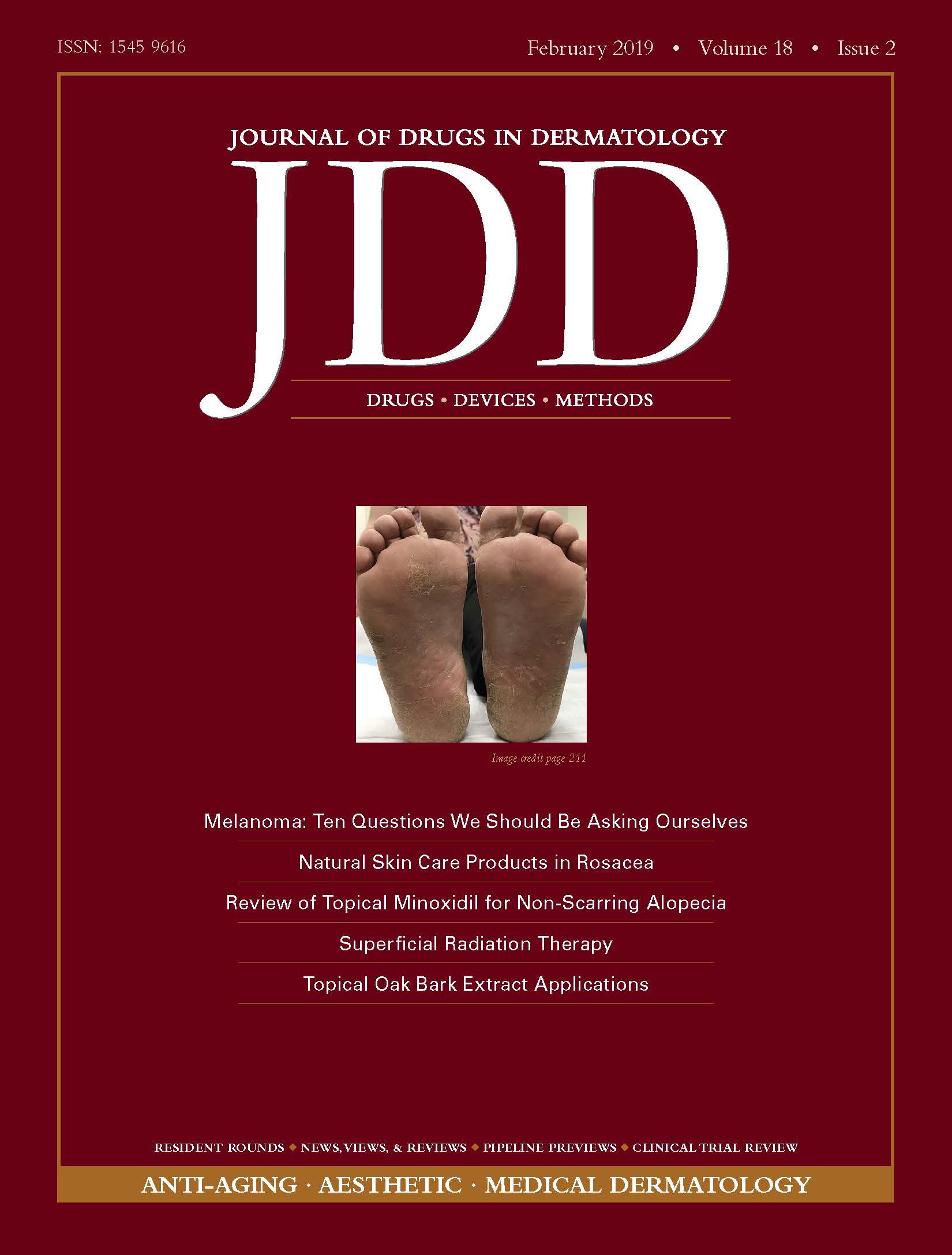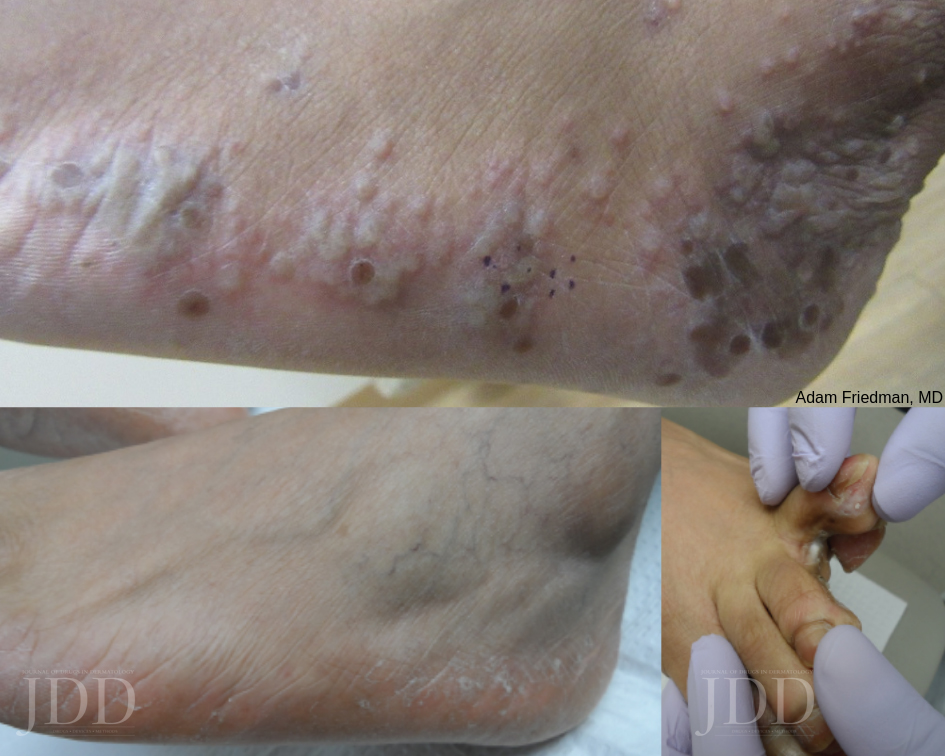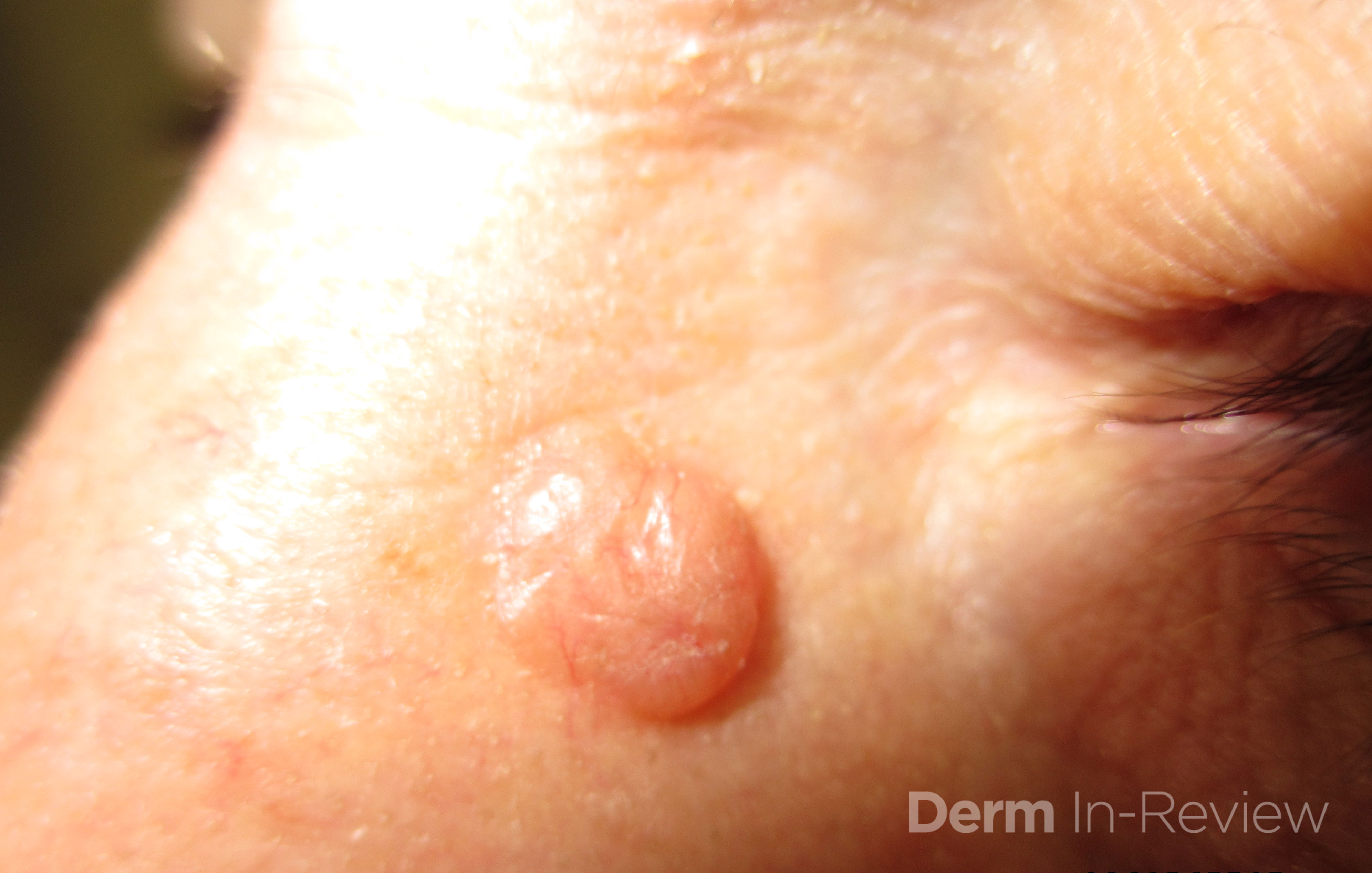The Appropriate Management of Actinic Keratoses and Squamous Cell Carcinoma
 In a 20-minute lecture presented at the 16th Annual ODAC conference, Dr. Patel reviewed the appropriate management of actinic keratoses and squamous cell carcinoma. Grabbing the attention of the audience early on, Dr. Patel quoted the staggering statistics for squamous cell carcinoma – calling the growing epidemic “a public health crisis.” He challenged dermatologists to lead the charge in …
In a 20-minute lecture presented at the 16th Annual ODAC conference, Dr. Patel reviewed the appropriate management of actinic keratoses and squamous cell carcinoma. Grabbing the attention of the audience early on, Dr. Patel quoted the staggering statistics for squamous cell carcinoma – calling the growing epidemic “a public health crisis.” He challenged dermatologists to lead the charge in …
 In a 20-minute lecture presented at the 16th Annual ODAC conference, Dr. Patel reviewed the appropriate management of actinic keratoses and squamous cell carcinoma. Grabbing the attention of the audience early on, Dr. Patel quoted the staggering statistics for squamous cell carcinoma – calling the growing epidemic “a public health crisis.” He challenged dermatologists to lead the charge in …
In a 20-minute lecture presented at the 16th Annual ODAC conference, Dr. Patel reviewed the appropriate management of actinic keratoses and squamous cell carcinoma. Grabbing the attention of the audience early on, Dr. Patel quoted the staggering statistics for squamous cell carcinoma – calling the growing epidemic “a public health crisis.” He challenged dermatologists to lead the charge in … Continue reading "The Appropriate Management of Actinic Keratoses and Squamous Cell Carcinoma"


 Below are the issue highlights and Editor Picks for the February issue of JDD!
Using patient cases, authors demonstrate how recent recommendations can be utilized and implemented in Systemic Therapies for Moderate-to-Severe Atopic Dermatitis: Expert Perspectives in Practice.
Effectiveness of SRT for treating BCC and SCC is evaluated in Superficial Radiation Therapy: A Viable Nonsurgical Op …
Below are the issue highlights and Editor Picks for the February issue of JDD!
Using patient cases, authors demonstrate how recent recommendations can be utilized and implemented in Systemic Therapies for Moderate-to-Severe Atopic Dermatitis: Expert Perspectives in Practice.
Effectiveness of SRT for treating BCC and SCC is evaluated in Superficial Radiation Therapy: A Viable Nonsurgical Op …  Just as systemic lupus erythematosus (LE) can have protean systemic manifestations, cutaneous LE can present in many different ways. When confronted with the many faces of mucocutaneous LE, the following pearls can be valuable.
1. Be Aware of the SLICC Criteria
In 2012, the Systemic Lupus International Collaborating Clinics (SLICC) developed a set of clinical and immunologic criteria to assist …
Just as systemic lupus erythematosus (LE) can have protean systemic manifestations, cutaneous LE can present in many different ways. When confronted with the many faces of mucocutaneous LE, the following pearls can be valuable.
1. Be Aware of the SLICC Criteria
In 2012, the Systemic Lupus International Collaborating Clinics (SLICC) developed a set of clinical and immunologic criteria to assist …  Dermatophytosis constitutes a big chunk of “bread and butter” in dermatology. In fact, an average of 4.1 million visits a year were due to dermatophytosis from 1995 to 2004! Nevertheless, these fungi can still stump the most seasoned dermatologist, and misdiagnosis can be surprisingly common. Dr. Adam Friedman, Professor, Interim Chair, and Program Director of Dermatology at George Washingt …
Dermatophytosis constitutes a big chunk of “bread and butter” in dermatology. In fact, an average of 4.1 million visits a year were due to dermatophytosis from 1995 to 2004! Nevertheless, these fungi can still stump the most seasoned dermatologist, and misdiagnosis can be surprisingly common. Dr. Adam Friedman, Professor, Interim Chair, and Program Director of Dermatology at George Washingt …  What is true about this tumor?
A. It is the second most common type of skin cancer
B. Telangiectasias are not commonly seen
C. Rombo syndrome has these tumors
D. Cowden syndrome
E. Mohs micrographic surgery is not an effective treatment
To find out the correct answer and read the explanation, click here.
Test your knowledge with custom quizzes at Derm In-Review or check out more pop …
What is true about this tumor?
A. It is the second most common type of skin cancer
B. Telangiectasias are not commonly seen
C. Rombo syndrome has these tumors
D. Cowden syndrome
E. Mohs micrographic surgery is not an effective treatment
To find out the correct answer and read the explanation, click here.
Test your knowledge with custom quizzes at Derm In-Review or check out more pop …